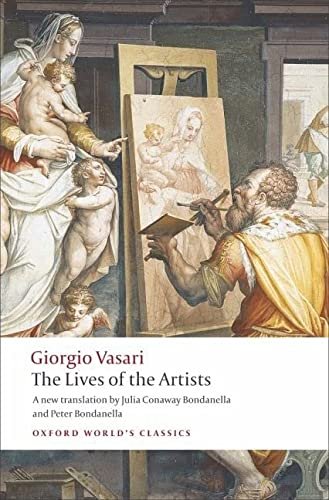An Angel, A Florentine Painting, and My Novel.
The beautiful Madonna and an angel © A. Harrison
I stood in front of Fra Bartolomeo’s The Annunciation, wondering just what did it actually take for an angel to come finish a painting. If I knew the answer, perhaps one would write my novel for me, although the thought of an angel sitting at a word processor seems wrong. A robot, yes. An angel, no. Surely those outstretched wings with the perfectly detailed feathers would get in the way.
Being famous might help. Fra Bartolomeo was both a Dominican friar and a leading 14th century Florentine artist, whose works adorn churches across Italy. A master in the use of sfumato, Fra Bartolommeo combined religious belief with a revolutionary realism and emotional depth. One of his more famous works is The Virgin Appearing to St Bernard which hangs in the Uffizi.
Within the Basilica (c) A.Harrison
The Basilica della Santissima Annunziata, which houses the famous painting, is on one side of Brunelleschi’s Piazza Santissima Annunziata. The Ospedale degli Innocenti, complete with a basket in an alcove where unwanted babies were once left, stands on the orther. In between the Grand Duke Ferdinand sits astride a horse, near two fountains where monkeys spit water at sea-slugs. As they are want to do.
Originally the church belonging to the Servite Order (often known as the Servi di Maria, or Servants of Mary) who commissioned an Annunciation from Fra Bartolommeo. While struggling to achieve an ethereal beauty for the face of the Virgin, the monk fell asleep in despair. Legends holds that when he awoke, an angel had finished his work.
The grill where unwanted babies were left (c) A. Harrison
Except The Annunciation was completed around 1252, and Fra Bartolomeo was born in 1472. Assumably a different monk with the same name was the artist, yet despite the wealth of art in Florence, I’ve found it hard to find any reference to this mysterious monk. I must obviously brush up on my medieval Italian and read Vasari.
So, for an angel to come help me, perhaps I simply need to change my name to one a little more famous. Or sleep more. Or at least organise my writing space.
The fame of The Annunciation quickly spread through medieval Florence. Indeed, so many pilgrims thronged to see this miraculous work that in 1444 the Servites commissioned a basilica to replace the church, (with the financial backing of those most famous of Florentine bankers, the Medici).
Visiting pilgrims left wax offerings – voti – which they hung from the walls and ceilings around the painting. The Servites later built a special atrium for these votives, the Chiostrino dei Voti, which included a full-sized wax horse. (Unfortunately, in 1786 the entire collection was melted down to make candles.)
Today the famous painting is still on display, in the nave to the left on entering the basilica. The Annunciation rests in a tabernacle completely covered in candles, votives and flowers – brides still come and leave their bouquets before the Madonna, in hope of a happy marriage. Indeed, the Basilica has a long tradition of society weddings, all seeking the blessing of Our Lady.
Whoever the artist, the simple piety and faith of a gifted monk cannot be ignored – indeed, they and their painting are far more deserving of angelic help, than my still-to-be-completed novel.
And, another miracle - just around the corner, I found my new favourite cafe in Florence. A big call, and it may well not be there should I ever return, but that day it was filled with locals and students from the nearby University, the pasta was delicious, and the cakes to die for.
The Literary Traveller
Vasari’s The Lives of the Artists is credited as the first work of art history. A contemporary of Michelangelo (whose talents, according to Vasari, including making the world's best snowmen), Vasari was himself a famed artist and architect.
Although biased towards the Florentine painters (in the first printing Titan did not rate a mention), Vasari’s work remains an amazing window into the Renaissance world. Indeed, Vasari was the first to use the word Renaissance in print.
Vasari also peppers his works with delightful bits of gossips and observations of the artistic life:
(these) rough sketches, which are born in an instant in the heat of inspiration, express the idea of their author in a few strokes, while on the other hand too much effort and diligence sometimes sap the vitality and powers of those who never know when to leave off.
The book is perfect for reading after a day of exploring the unending museum and art gallery which is Florence.
Enjoy my writing? Please subscribe here to follow my blog. Or perhaps you’d like to buy me a coffee? (Or a pony?)
If you like my photos please click either here or on the link in my header to buy (or simply browse) my photos. Or else, please click here to buy either my poetry or novel ebooks. I even have a YouTube channel. Thank you!




